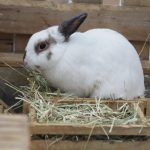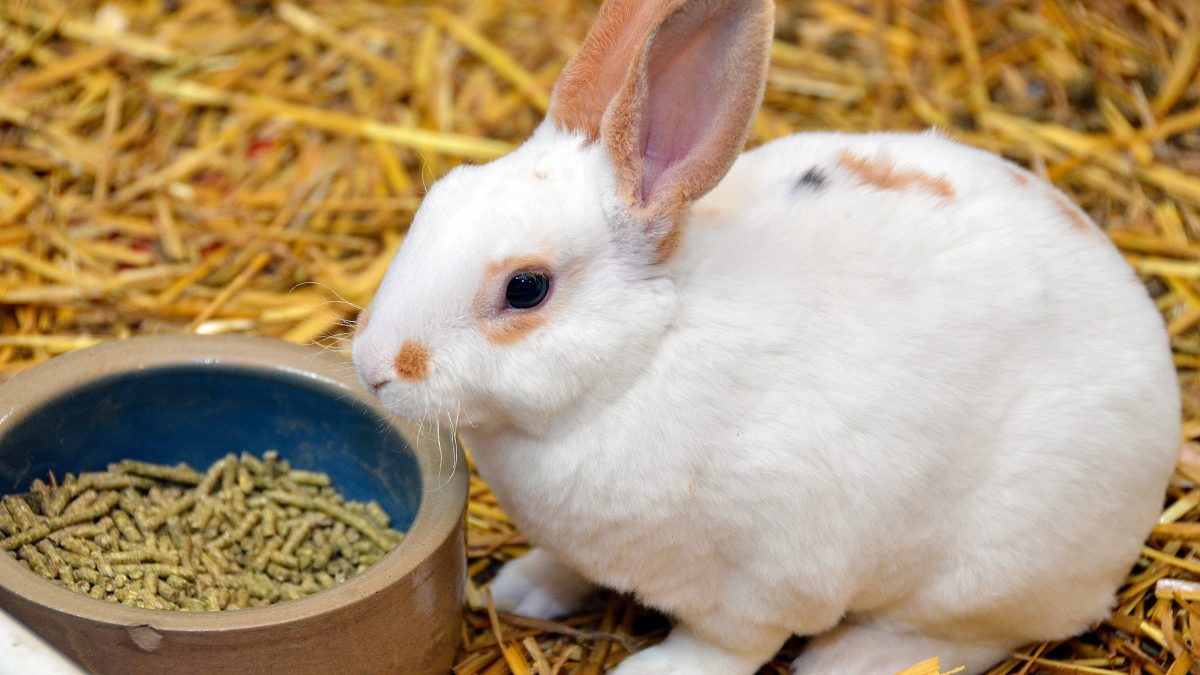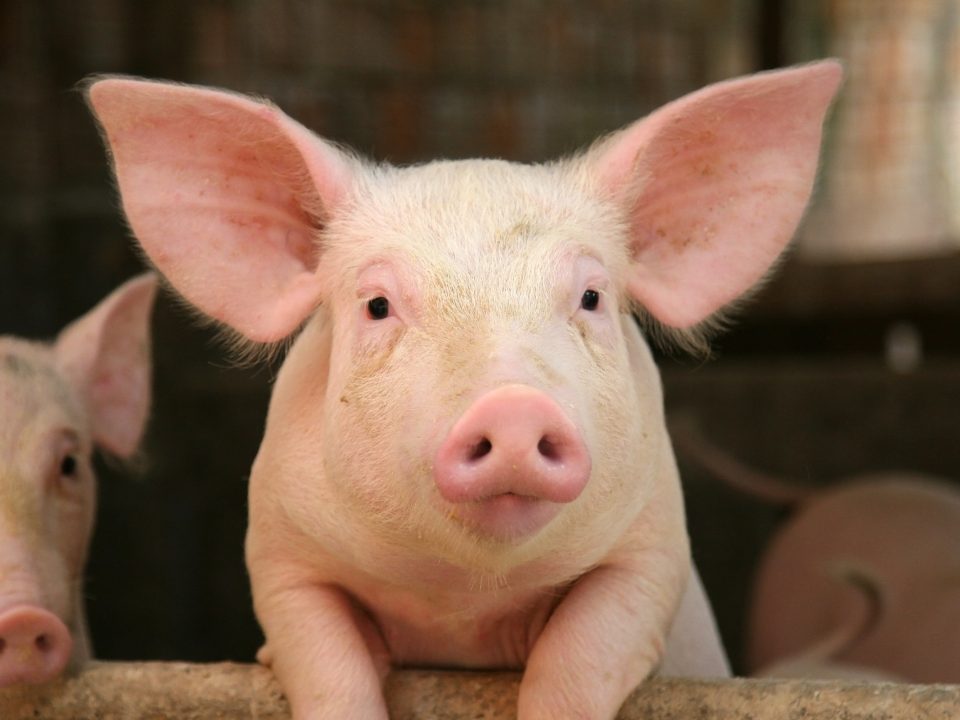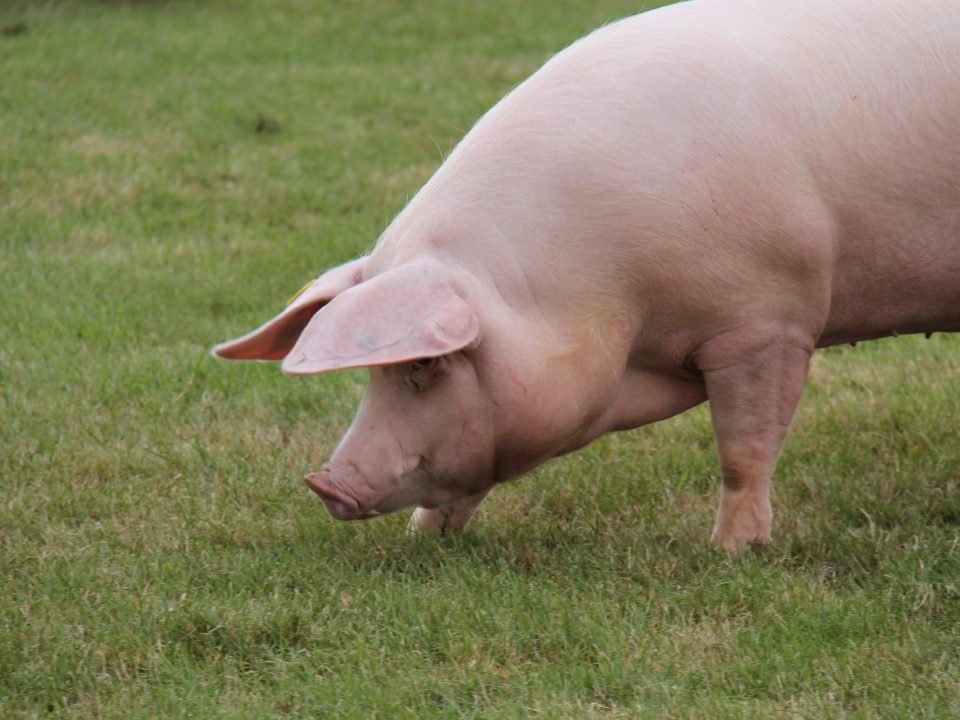
The Importance of Fresh Water & Hydration in Meat Rabbits
July 16, 2025Optimizing Growth Rates Without Overfeeding Rabbits

Why Overfeeding Is a Problem
Rabbits are hindgut fermenters with a unique digestive process that includes coprophagy—the re-ingestion of nutrient-rich soft feces. Overfeeding, especially with high-calorie or protein-dense feeds, can disrupt this delicate system. It may also lead to:
- Fatty liver disease
- Reduced fertility
- Joint stress and mobility issues
- Shortened lifespan
Step 1: Choose the Right Genetics
Start with breeds known for efficient growth. Meat breeds like New Zealand Whites, Californians, and Flemish Giants are genetically predisposed to gain weight quickly and convert feed efficiently. Avoid mixing fast-growing breeds with slower ones in the same pen, as their nutritional needs differ.
Step 2: Feed for Function, Not Fat
Country Companion-Rabbit Feed is a complete feed designed for growing, breeding, and maintenance rabbits. It contains:
- Crude Protein: Min. 16.0%
- Crude Fat: Min. 2.5%
- Crude Fiber: Min. 15.0%-Max. 18.0%
- Calcium: Min. 1.0%-Max. 1.5%
- Vitamin A: Min 3,000 IU/LB.
This nutritionally balanced formula is fortified with vitamins, minerals, probiotics, and amino acids to support muscle development and digestive health.
Feeding Guidelines:
- Weaned Bunnies: Feed free-choice
- Lactating Does: Feed free-choice
- Dry Does/Bucks: 4–6 oz per head per day
- Gestating Does: 4–6 oz per doe per day
Self-feeding is recommended for does with litters and weaned bunnies to reduce labor and support rapid growth.
Step 3: Monitor Growth Milestones
Track weight weekly to ensure rabbits are growing steadily. Use breed-specific growth charts to compare progress. If a rabbit is gaining too quickly, reduce pellet portions and increase hay. If growth is too slow, evaluate protein levels and consider a veterinary checkup.
Step 4: Provide a Healthy Environment
Environmental stress can hinder growth, so ensure the following for your rabbits:
- Clean, dry housing with good ventilation
- Consistent temperatures (ideally 60–70°F)
- Fresh water at all times
- Space to move and avoid overcrowding
Step 5: Avoid Growth Plateaus with Smart Transitions
As rabbits mature, their nutritional needs shift. Gradually transition from growth diets to maintenance diets around 12 weeks of age. This prevents excessive fat accumulation and supports long-term health.
Final Thoughts
Optimizing rabbit growth is about precision, not excess. By focusing on breed-appropriate nutrition, environmental quality, and regular monitoring—and by using a trusted feed like Country Companion-Rabbit Feed—you can raise rabbits that are healthy, productive, and thriving.



